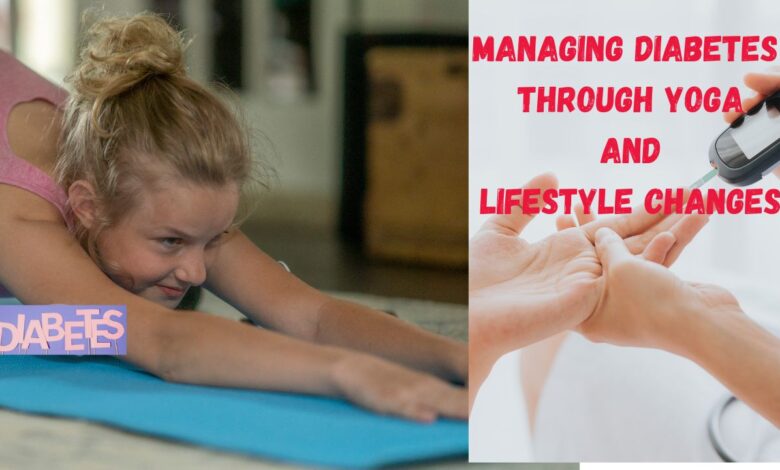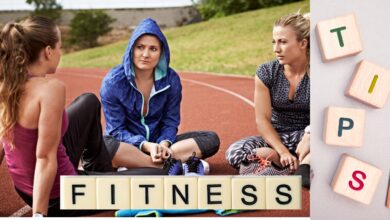
Diabetes is a degenerative disease that affects the whole system. Every organ of our body suffers because of diabetes. There are two types of diabetes: one is juvenile diabetes, which you are born with and can only manage by supplying insulin to your body. Insulin shots are given regularly, but this is only management. The other type of diabetes is called stress diabetes. This type of diabetes typically develops after the age of 30, 40, 50, and so on, and our lifestyle is very much responsible for it. We often live stressful lives, have long periods of sitting, and engage in unhealthy habits.Managingdiabetes effectively requires more than medication. Through yoga and mindful lifestyle changes, individuals can significantly control their diabetes, enhancing their overall health and well-being.
Walking: A Simple Yet Effective Exercise
So, let’s understand what we should do regularly to prevent and manage diabetes. First is walking. We believe a lot in walking. Yogis would always say that a person should walk for 45 minutes in the morning and half an hour in the evening. This would keep a person healthy. At home or in the office, instead of sitting for long periods, move around a bit. Walking and not staying in one position would help cardiac patients and diabetic patients.
Extremities Exercises
Second, extremities exercises are important. These exercises help with circulation to your extremities. Whenever possible, sit with your legs up or cross your legs. This would help even when sitting on a chair. Put one leg up and then the other, ensuring you remain flexible in your limbs. There is an asana called Utkatasana in yoga. Here, keep your feet a little away from each other, about one foot distance, parallel. While inhaling, raise both your arms up and simultaneously raise onto your toes, so your heels are up. While exhaling, squat down slowly and completely, so your heels are up and you are only on your toes. Your entire extremity is attended to. Then, while inhaling, come up again on your toes, and while exhaling, return to your normal position with your heels on the ground. Repeat this: inhale, raise onto your toes, exhale, squat down, stay for four seconds, inhale, come back to your normal position, and exhale, return with your feet firm on the ground. Sitting down, squatting down, and getting up should be a habit for diabetics.
Chakrasana for Better Circulation
The second posture is Chakrasana. Here, place your legs one foot away from each other. While inhaling, stretch your arms up and bend back. While exhaling, come forward and try to touch both palms to the ground or as far as possible. Stay in this position for some time. Let your head go down, and while inhaling, come back to the straight position. Rotate your arms and return to the normal position while exhaling. Do this again: inhale, raise your arms up and back, bending your spine, and exhale, bend forward, holding the breath. This provides good circulation to the face, neck, and back. Come back up and return to the normal position.
Ardha Matsyendrasana for Spinal Health
Now, we will sit on the floor and stretch our legs. Fold one leg forward and the other leg as shown. We are doing Ardha Matsyendrasana. Try to fix your arm by taking the knee from the side and twisting your body behind. Observe how the model is doing it and follow. This twisting helps in opening up all the nerves compressed between the vertebrae. Return to the normal position and change your leg position to the other side. Fold one leg over the other, take the arm, rotate it from behind to hold your toe, and twist. Look back, giving pressure, stay there, and then come back to the normal position. With practice, you will be able to do it.
Paschimottanasana for Abdominal Pressure
Now, we will do Paschimottanasana. Stretch your legs straight while sitting. Give some pressure to the abdominal region, which is very much required for diabetics. Inhale, fold your hands to the opposite side of your chest, and while exhaling, stretch your arms straight, bend forward, hold your big toe, and touch your head to your knee. Stay for some time and come back to the normal position. If you find the posture too difficult, first do the rowing pose. Inhale, bring your arms to the side of your chest, exhale, bend forward, try to touch your toe, come back inhaling, and exhale, stretch your legs. Continue doing this until you feel comfortable holding your toe and touching your knee to the ground. Gradually, this would benefit the whole body.
Pavanamuktasana for Digestive Health
Now, let’s lie down. Try lifting one leg while exhaling and folding your knee towards your stomach. Clasp your arm and press your knee so that your leg presses against your stomach. Inhale, straighten your arm, and come back. Try this on the left side: lift the left leg, fold it while exhaling, hold it for some time, inhale, stretch your leg, and exhale, come down. You can do this with both legs as well. While exhaling, lift and fold, clasp, and while inhaling, straighten your legs and come down. This is called Pavanamuktasana and should be done three hours after your meal. Do it on an empty stomach or before your food, and then eat.
Relaxing the Abdomen
Now, we should know how to relax our abdomen. There is a simple pranayama that everyone should master. Lie down with your legs folded, completely relaxed. Keep one arm on your stomach and concentrate on your breath. While breathing in, lift your stomach up, and while breathing out, let it sink down. Inhale, stomach moves up, exhale, stomach moves inwards. Continue this for some time. Do not push your stomach too much up; do it naturally. Exhale, let it sink in, and when you are relaxed, your stomach will sink in, helping to relax the abdominal area and the whole body.
Bhastrika Pranayama
Now, let’s sit and do a pranayama called Bhastrika Pranayama. Sit in any meditative pose, either in Sukhasana or Padmasana. Focus on the abdominal movement as well as your breath. The rule is clear: when you breathe in, the stomach moves up; when you breathe out, the stomach goes in. Do this with a little force; the sound should come from your nostrils with force. Inhale and exhale, and the stomach moves up and down. Do this Bhastrika Pranayama: breathe in, breathe out, stomach in, breathe in, breathe out. Take 30 rounds of this breathing. Once 30 rounds are over, take a long inhalation, fill your chest completely, hold your breath, and then breathe out and relax. Do not do more than 30 rounds at a time. Relax a bit, then do it again: Bhastrika, breathe in, breathe out, with friction at the nasal passage, 30 rounds, then inhale fully, hold your breath, and relax.
Conclusion:
Incorporating yoga and healthy lifestyle practices can profoundly improve diabetes management. By focusing on physical activity, proper breathing techniques, and mindful exercises, individuals can better control their blood sugar levels, reduce stress, and promote overall wellness, leading to a healthier, more balanced life.




